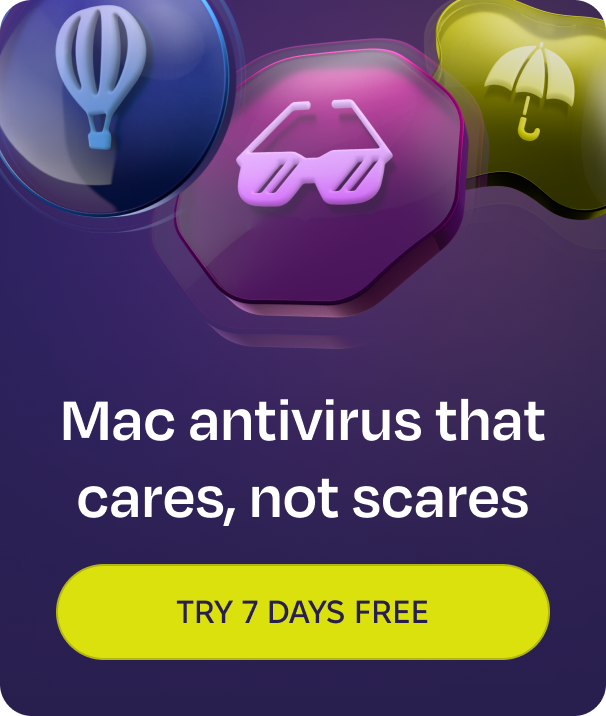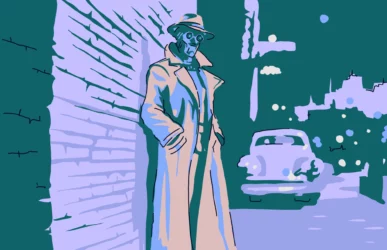Apple has revealed its new operating system for Macs, macOS Tahoe. AI wasn’t the only big no-show in the announcement. New privacy and security apps, features, and technologies were also noticeably absent.
After scouring official release announcements, macOS Tahoe 26 documentation and resources, and online reviews, we managed to put together some main points of concern regarding the privacy and cybersecurity features of Tahoe.
Apple presents Tahoe OS, leaves privacy and security features out of the show
On June 9, at WWDC 2025, Apple introduced its new macOS. Dubbed Tahoe, the new operating system is focused heavily on user interface, continuity between devices, and design. Apple had previously hinted that AI (Apple Intelligence, as the company calls it) would not see major changes in this OS.
Extra security for your macOS Tahoe
The new OS, with its design, new user interface, and features, sets the stage for a more intuitive, modern, user-friendly, and connected Apple environment.
The concept of device, data, tasks, and app synchronization is heavily presented through the new operating system. For example, one of the main changes was Spotlight.
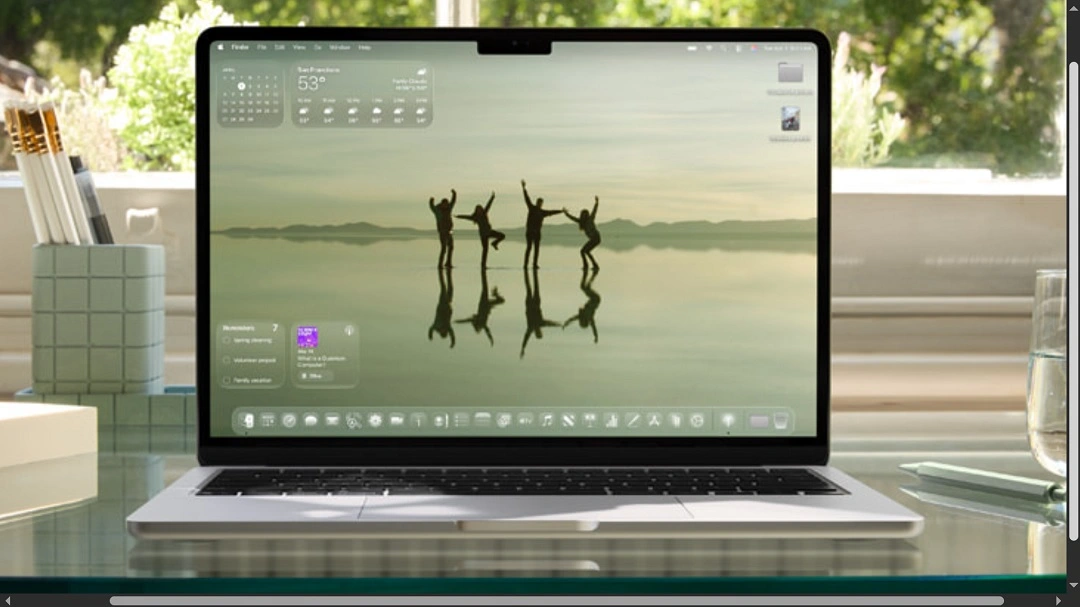
The Spotlight app can now do much more than just open other apps. It leverages advanced autocomplete and search capabilities to empower users to complete tasks like writing emails directly through Spotlight, setting Reminders, creating Shortcuts, or looking for specific tools within an app.
Does macOS Tahoe’s security guardrails keep up with its innovations?
The process of syncing your iPhone with your Mac is taken to the next level in this new OS. However, enhanced synchronizations also raise privacy and security questions. For example, are there more advanced security guardrails when users seamlessly sync their devices? If there are, Apple has not shared them yet.
One big concern held by cybersecurity researchers is that cybercriminals are leveraging the features of this new operating system to launch attacks.
The capabilities of Spotlight, for example, are impressive, but could they be leveraged by cybercriminals to launch more rapid or more accurate attacks? What guardrails are in place to prevent privacy leaks and security abuse of these new user interface features?
Apple has presented no answers to these questions, either.
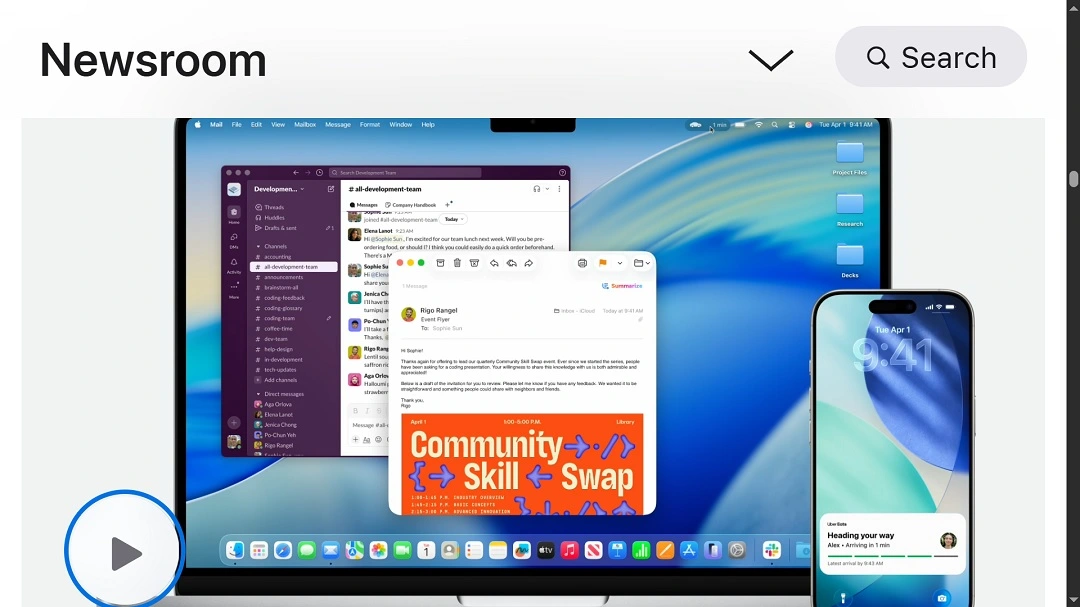
Safari advanced fingerprint: What is it? No one knows yet.
Officially, Apple did give some clues about what’s new for Safari. We don’t know a lot yet, but we do know that Safari now offers “advanced fingerprinting protection in all browsing by default.”
According to Apple, this “advanced fingerprinting protection” is designed “for even greater protection from trackers when browsing.”
Other than those rather generic comments, we could find no other information about these new anti-trackers. We expect Apple to release details on this feature soon.
Apple Intelligence is almost always happening on the device, and that’s exactly our concern
The macOS Tahoe 26 press release states, “Apple Intelligence expands with powerful new features that elevate the Mac experience further, while protecting privacy at every step.”
That’s all it says. It offers no other insight into Apple Intelligence security. Fortunately, we already know a bit about how Apple Intelligence works to keep your data safe.
Cleverly, Apple designed its AI to operate on the device by default unless heavyweight processing is needed to complete a user request. This means that during typical, day-to-day use of Apple Intelligence, your data will not leave your device. If a process does leave your device, it heads to Apple’s Private Cloud Compute. This cloud’s security is top-grade, so we have no complaints there.
However, Apple Intelligence is no longer constrained to a prompt box or a web window. With Tahoe, developers and the OS itself allow Apple Intelligence to work with other apps across the ecosystem. Imagine an AI running freely through the OS.
Thanks to this AI integration, Tahoe has supercharged live meetings with an AI live transcript feature and can also help users create Shortcuts more rapidly, more efficiently, and privately.
However, things do get a bit muddy when AI can move beyond its “box.”
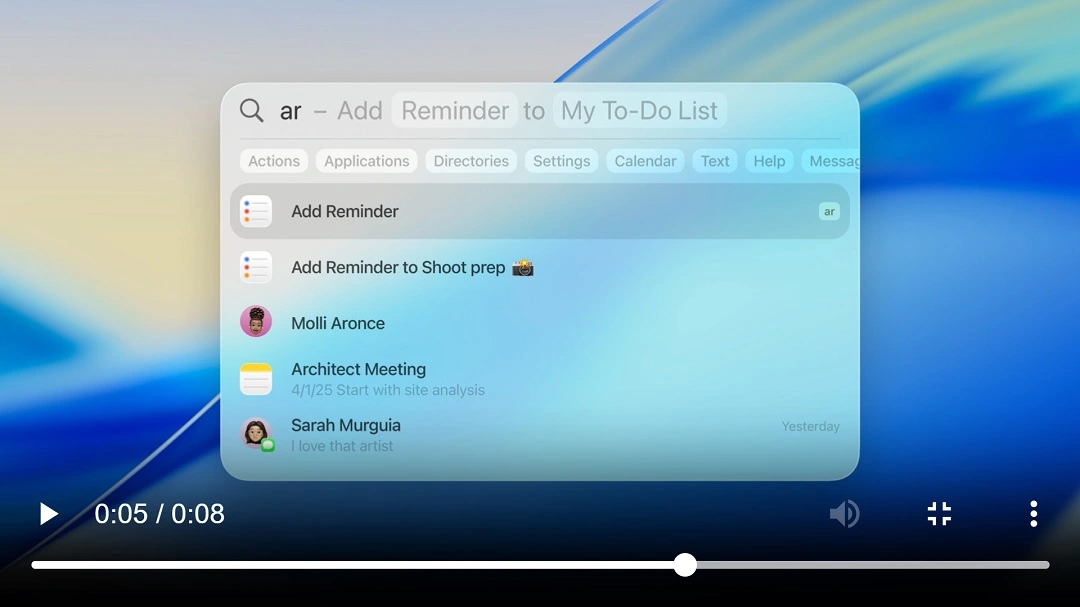
“Apple Intelligence can review an email, website, note, or other content on a Mac to find the most relevant action items,” the company says. This superpower is awesome, but it does not come without raising some red flags.
The potential problem is that malicious app developers might be able to abuse this new Apple Intelligence capability. This leaves a lot of room for future zero-day vulnerabilities, abuses, privacy leaks, and cybersecurity threats. As mentioned, it is common for cybercriminals to take the very technology that big tech creates and turn it against its users.
We expect that Apple will address these more specific developer AI guardrails relating to permissions and access before Tahoe hits the streets this fall.
Having your phone on your Mac is a good idea — until it’s not
Users should also know that the new Phone app on their Mac can make and take calls with a click, and it can connect more seamlessly than ever before. It will give your Mac instant access to your synced content, including Recents, Contacts, and Voicemail data.
This also raises some concerns, as it implies an expansion of a digital attack surface. Threat actors may only have to hack one of your devices to gain access to the others.
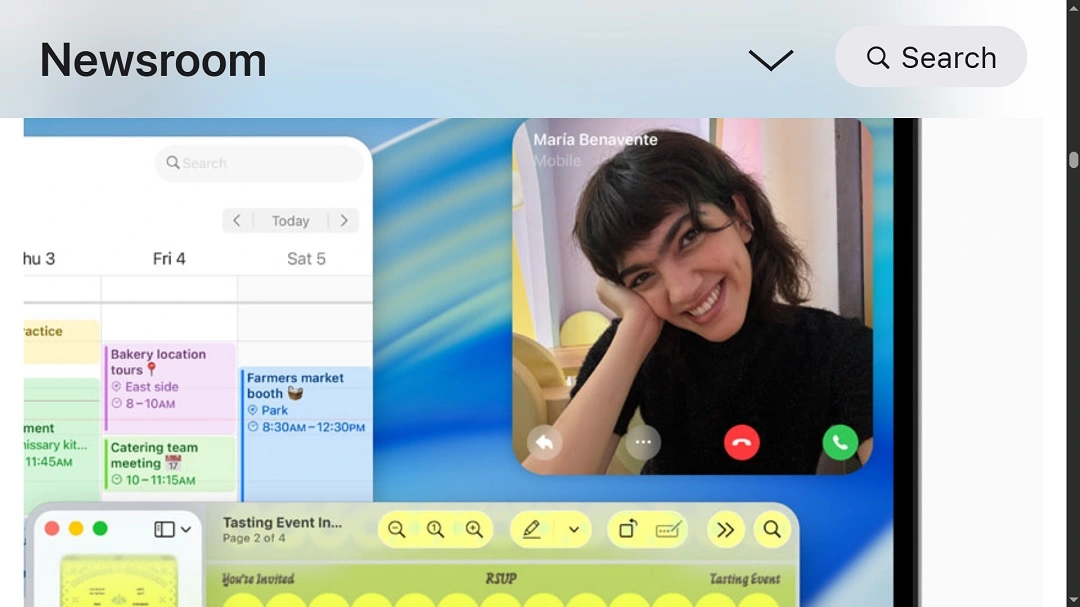
For this level of data, apps, processes, AI, and operating systems to be completely in sync, Zero Trust concepts and technologies must be reinforced. In simple terms, this means verifying users over and over again through passwords, passkeys, iCloud credentials, or Touch ID/Face ID.
Speaking of passwords, Apple announced that the Passwords app in Tahoe has boosted its memory. It can remember not just your current passwords but also your old ones. This is a nice addition, and it might come in handy if users are forced to continually verify their identity using the OS and AI.
A quick word on the Tahoe accessibility controversy
Finally, the OS design concept is glass-inspired. Its Liquid Glass UI is translucid, featuring transparency and magnifying effects.
No doubt, the design is breathtaking. It attempts to mimic the no-hardware concept, that utopian future where tech runs on transparent surfaces. And, we must admit, Apple got this right on the money. Or at least as close as today’s technology can get.
Despite this achievement in the user interface, some users online have expressed worry that the translucent visuals and glass-like behavior could be a problem for users who require increased accessibility.
Developers and testers: This is the time to report bugs and vulnerabilities
Fortunately, a lot of the questions and concerns we present today will likely be ironed out during the beta testing and the developers’ phase.
All of the new Tahoe features are now available for testing through the Apple Developer Program at developer.apple.com. In one month’s time, a public beta will be available through the Apple Beta Software Program at beta.apple.com.
The developers and testing community will surely contribute to enhancing and securing this new California lake-inspired OS.
In addition to the aforementioned features, we also know that updates have been made to encryption and parental controls to protect children, as well as further updates to Safari (as mentioned). We do not, however, have details on the specifics to report at this time.
Final thoughts
We expect Apple to release a dedicated report and documentation related specifically to all the new privacy and security updates that this beautifully designed OS brings to the table.
We acknowledge the effort that the company is making to set the stage for continuity and an AI-OS or an OS where the future Apple Intelligence Agent can operate (hopefully with great guardrails).
The bottom line is that if you want to know the details on how Tahoe makes your Mac more secure and private, be patient and hang tight. We will report on those details as soon as the information becomes available.
This is an independent publication, and it has not been authorized, sponsored, or otherwise approved by Apple Inc. Mac, macOS, and macOS Tahoe are trademarks of Apple Inc.




